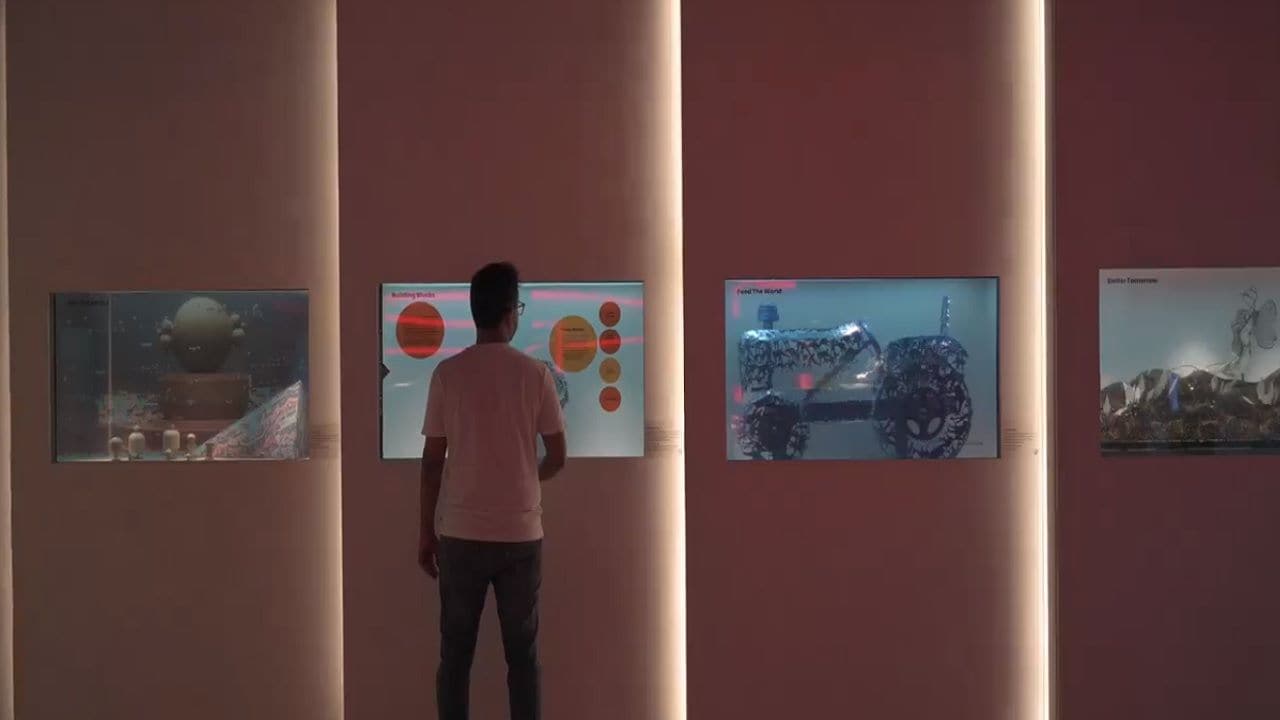Several large global brands have dedicated space to showcase their history, journey and future direction with world-class exhibits, and created destinations that tell their stories to the world. Consider the IKEA Museum in Almhult, Sweden, Flying Bulls’ Hangar-7 in the Austrian city of Salzburg and the Mercedes-Benz Museum in Stuttgart, Germany. They are big draws for visitors from all over the world and examples of brand extensions and experiences.
The Mercedes museum, which houses in its nine levels the very first patented car in the world and 1,500 other exhibits, turns into a venue for culinary experiences, concerts and vintage car owners’ gatherings.
The Flying Bulls (Red Bull) museum called Hangar-7 at Austria’s Salzburg Airport is an architectural and artistic ensemble, home to a large collection of historical aircraft from the Flying Bulls.
The IKEA Museum has several interactive displays, making the walk through the story of the iconic brand more engaging. Just don’t sit on every couch or chair you see.
Last week, Mahindra Group opened the doors to its brand museum – The Museum of Living History, which Anand Mahindra describes as a living, breathing entity in the ever-changing world of the Mahindra Group.
It is a contemporary space at the Mahindra Towers in Worli, Mumbai. Created around the theme of #PurposeMeetsDesign, it is a showcase of the group’s past and future direction.
The museum is conceptualised by design and creative consultant, Elsie Nanji, and experience designer, Harsh Manrao. It houses specially commissioned art pieces that tell the story of Mahindra’s core values and principles, its various businesses, its history, and its outlook to the future.
Exhibits include carved chalk figurines by Alijan Shaikh; assemblages by Sara Lovari; a mirrored and sliced Battista installation by Shahrukh Irani; “Dreamcatcher”, a kinetic sculpture by Jaideep Mehrotra; the original simulator of the Formula-E race car, and animation films created by young illustrators.
The Mahindra Veerta Award salutes the bravery of those who rise above the call of duty, for the sake of others. The award was instituted in honor of Mohan Redkar, a trainee engineer who lost his life, while trying to save two couples from drowning in the sea. One of Lovari’s assemblages is his personal belongings from that fateful day.

Anand Mahindra, chairman of the Mahindra Group, said in a statement, “Just as life is not static, The Museum of Living History is a living, breathing entity in the ever-changing world of the Mahindra Group. The museum celebrates the philosophy, the DNA, the core values, and the culture of the Group and is a cornucopia of stories that define us. I am excited to see it evolve with time and tell a brand story like never before.”
The museum is a collaborative project involving diverse teams from the Chairman’s Office, Corporate Brand, IT, Corporate Infrastructure Services working in tandem with the external design team along with several artists and execution agencies.
Nanji said, “The idea of curating stories over the last 75 years of Mahindra Group and converting selected stories into a creative brief to inspire each artist was a challenging task.” She added, “Never before has a large organisation or a brand told its story in such a unique way.”
The architectural design of the museum reflects a nautilus, spiral in shape, which is reflective of the company’s growth, expansion, and constant renewal. The interior reflects a futuristic space with textures and light that seem to be in constant motion.
A mutoscope shows a growing Banyan Tree video on a wall suggesting an ever-expanding Group. There are objects and hype-boxes within the space that move and respond to touch. A laser beam of light, like a ticking clock invites you to experience the present and walk into the future.

